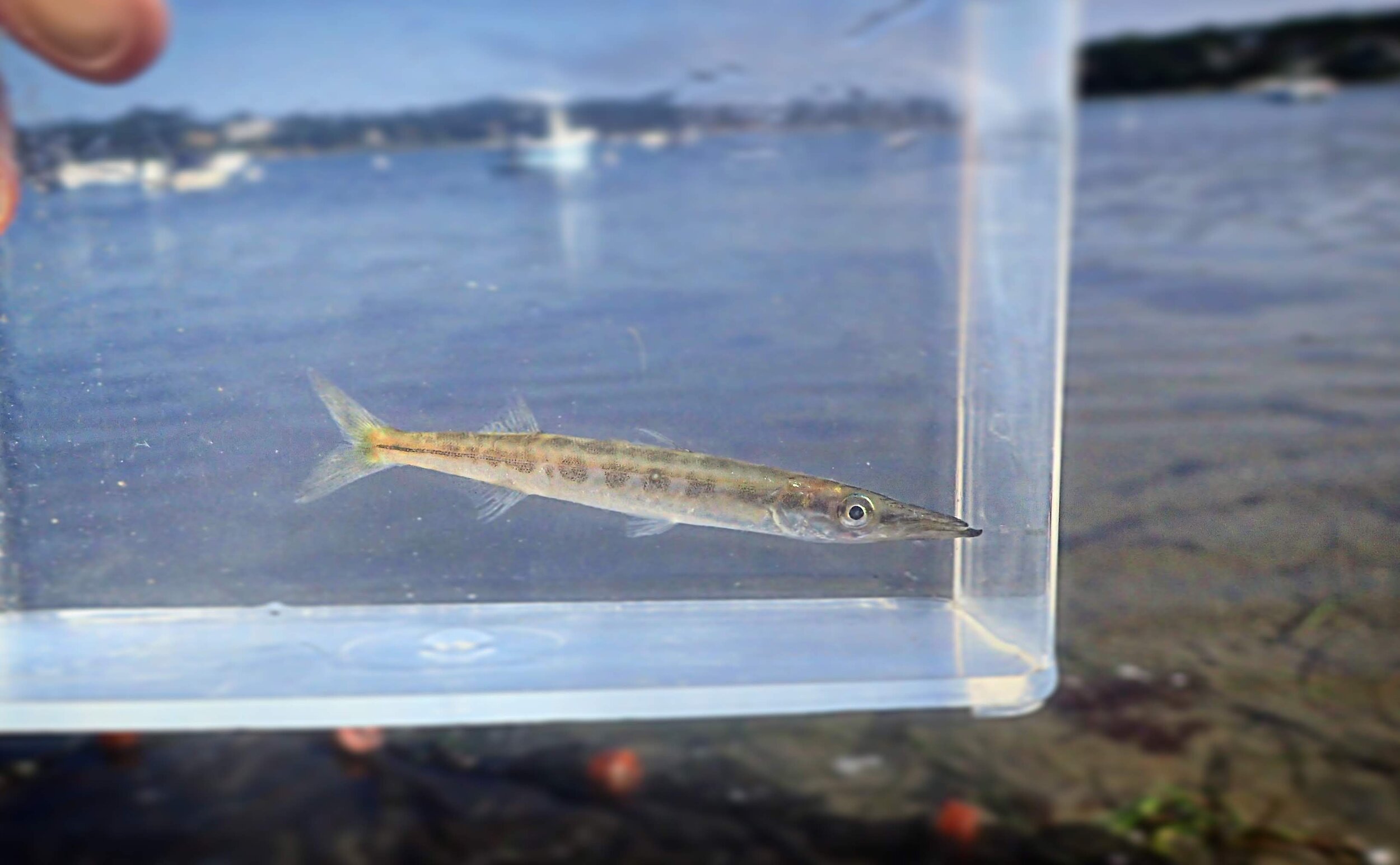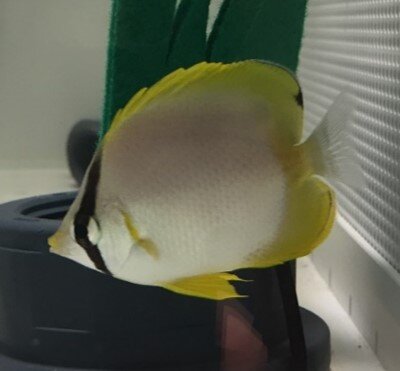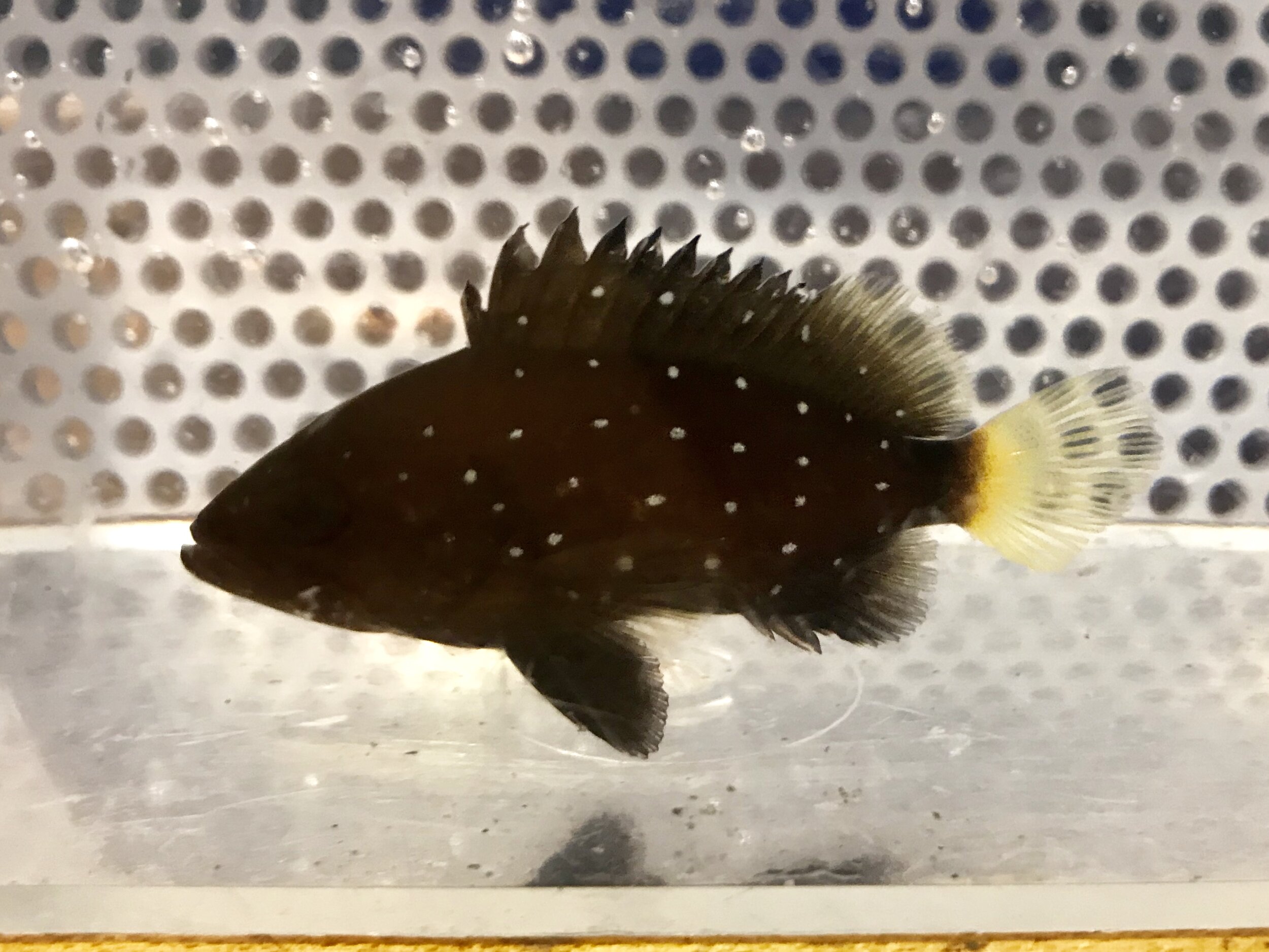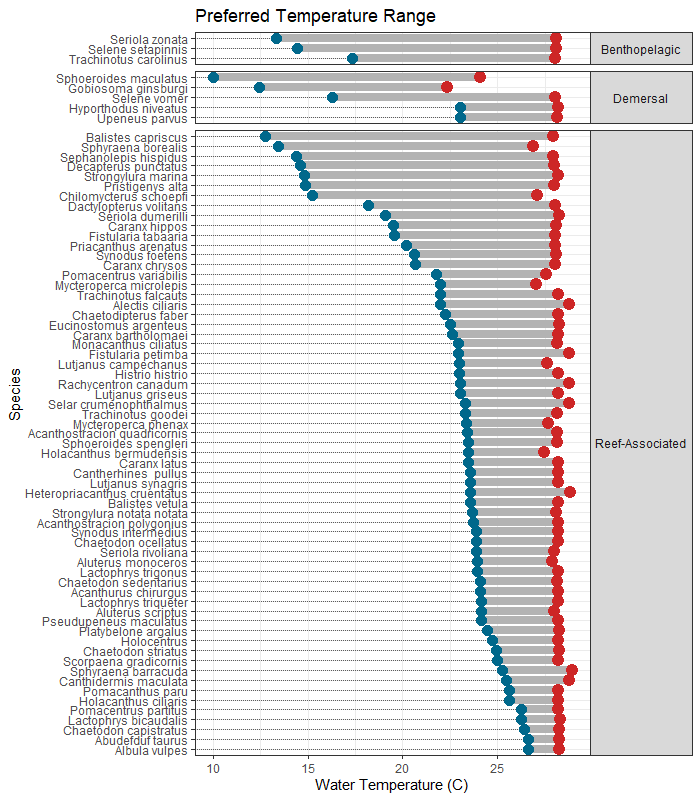Gulf Stream Orphans
THe geographic distribution of reported Gulf Stream orphans to the GSO project on inaturalist.
A Gulf Stream Orphan (GSO) is an expatriated subtropical or tropical fish that gets swept north beyond its native range by the Gulf Stream.
These subtropical and tropical fishes are able to survive a remarkable journey thousands of miles north to habitats beyond their native range thanks to the warm water temperatures along the east coast of North America each summer. Divers, beach walkers, fishermen, and tide pool explorers familiar with their local coastlines have an excellent chance to view these southern visitors in the late summer and early fall when temperatures remain warm enough for these fish to survive. Unfortunately, as winter approaches these fish are not able to tolerate the drop in water temperature and will not survive
Thanks to both institutional partners and community science participation, we know the distribution of these expatriated fish is quite broad! The general geographic range for fish dispersed by this phenomenon is from Virginia to Nova Scotia with quite a few hotspots in between.
The map on the right showcases GSO reports submitted by citizen scientists through the iNaturalist platform. The northern-most report represented in this figure is a Queen Triggerfish, B. vetula.
Part of the difficulty in accessing reports of unusual fish species throughout this range is the biodiversity of native fish assemblages. For certain reports or particular species, it can be hard to discern if the sighting is of a true Gulf Stream Orphan, or just an opportunistic seasonal visitor to that particular location.
To help guide the interpretation of reported fish, a comprehensive review of the life history characteristics of that species as well as the circumstances of the individual report is necessary to determine whether or not the Gulf Stream was responsible for the dispersal of that fish to its reported location. In order to be sure no data is missed, it’s helpful to cast a wide net (metaphorically speaking). With that in mind - if you come across an odd fish in your travels, report it! Whether or not it is a true GSO, it may be a valuable sighting to researchers regardless!
Preferred temperature ranges of species reported to the Gulf stream orphan project. temperature ranges are determined through modeling by aquamaps.org using occurence data from GBIF.org and OBIS.org. (Kaschner et al. 2019).
One helpful metric to consider in helping determine the likelihood that a particular fish reported is a GSO is their thermal tolerance. Many species that might just be a seasonal visitor to northern latitudes can often tolerate much cooler waters than strictly tropical species. The biogeography of finfishes in the GSO Project reporting region is diverse and complex so this is still just one of the aspects to take into consideration when evaluating potential GSO reports.
The figure on the left lists estimates of preferred temperature range for species reported to the GSO Project through iNaturalist.org. The chart is organized by minimum preferred temperature value and facetted by habitat association.
Unsurprisingly, many commonly reported species possess relatively low preferred minimums for subtropical and tropical species, indicating their ability to tolerate temporary residence in higher latitudes.
Beyond thermal tolerances, there are many selective pressures that shape the phenomenon we observe. From the developmental biology of larval finfishes, to the foraging abilities and prey abundance in coastal ecosystems, many things have to go right for GSOs to reside in habitats beyond their native range and water temperature is just the tip of the ice berg!







